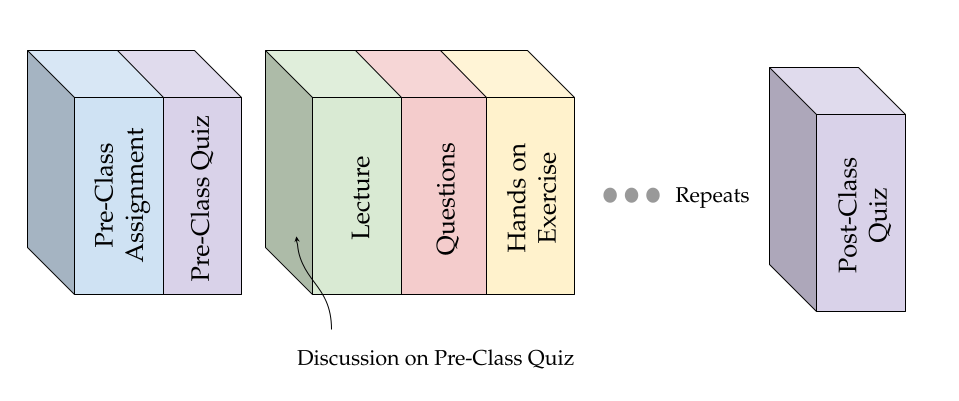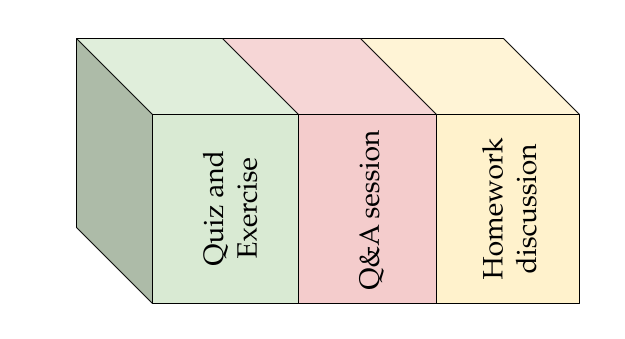Welcome to DS-2 A!
In this course, we will teach you about different types of databases, how to design and use them effectively, and how to manage and analyze data using the latest tools and techniques. You’ll learn about both traditional and emerging database technologies, and how they are used in a variety of applications.
By the end of this module, you will be able to design and implement effective database solutions, perform data analysis and integration, and understand best practices for data management and governance in a variety of real-world applications.
This page introduces you to the team, the basic instructions, the schedule, and various elements of our class.
The Team
Dr. Rahul Dave

- Former Data Science faculty at Harvard University.
- Part of the original team for Harvard’s famous Data Science course, cs109.
- Taught machine learning, statistics, and AI courses, both at Harvard and at multiple conferences and workshops.
You can read more about him here.
Teaching Assistants
Click on avatars of the TAs to know more about them.





The Coursework
We have very carefully designed the coursework to give you, the student, a wholesome learning experience. Each week shall include:
- 2 Sessions
- 2 Labs
- Office hours
Session - What to expect

Before the session begins, students are expected to complete a pre-class reading assignment and attempt a quiz based on the same.
A session will have the following pedagogy layout which will be repeated a few times:
- Approx. 10-15 minutes of live online instruction followed by a quiz
- Some sessions will have hands-on coding exercises or group activities
- Sessions will help students develop the intuition for the core concepts, provide the necessary mathematical background, and provide guidance on technical details.
- Sessions will be accompanied by relevant examples to clarify key concepts and techniques.
After the session, students are expected to complete a short post-class quiz based on the principal concepts covered in class and optional post-class reading will be provided.
Lab - What to expect

A lab is a TA driven 1.5 hour session that is divided into 3 major parts.
- Each lab begins by solving parts of a complete problem. This problem is designed to help you further elucidate concepts you learned in lecture.
- After discussing exercises, we will have a semi-formal Q/A session. This part of the lab is free-for-all, where you can ask any doubts that lingered over from lecture.

Course Pre-Requisites
You are expected to have basic programming experience.
- Programming Experience:
- Pandas - Specific topics: Introducing Pandas Objects Data, Indexing and Selection
- NumPy - Specific topics: Understanding Data Types in Python, The Basics of NumPy Arrays, Computation on Arrays: Broadcasting, Comparisons, Masks, and Boolean Logic
Diversity & Inclusion
We actively seek and welcome people of diverse identities, from across the spectrum of disciplines and methods since Artificial Intelligence (AI) increasingly mediates our social, cultural, economic, and political interactions [1].
We believe in creating and maintaining an inclusive learning environment where all members feel safe, respected, and capable of producing their best work.
We commit to an experience for all participants that is free from – Harassment, bullying, and discrimination which includes but is not limited to:
- Offensive comments related to age, race, religion, creed, color, gender (including transgender/gender identity/gender expression), sexual orientation, medical condition, physical or intellectual disability, pregnancy, or medical conditions, national origin or ancestry.
- Intimidation, personal attacks, harassment, unnecessary disruption of talks during any of the learning activities.
Reference:
[1] K. Stathoulopoulos and J. C. Mateos-Garcia, “Gender Diversity in AI Research,” SSRN Electronic Journal, 2019 [Online]. Available: http://dx.doi.org/10.2139/ssrn.3428240.